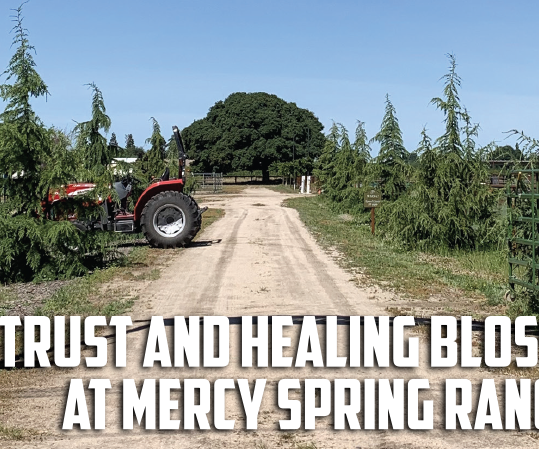Want better tasting veggies and fuller, healthier gardens?
You don’t need to be born, as they say, with a green thumb.
You don’t have to have fancy and expensive tools and magical soil to have a successful gardening season in the spring.
An interest is enough.
Expert advice helps, too.
According to Martin Hildebrandt, the garden specialist at California State University, Stanislaus, “you should have most of the winter leaves and weeds under control.” The gardener’s focus should be on the sun, water and time, to grow the plants you want to grow, to provide for the plants basic needs and for the plant to preform, either to bloom or produce a crop.
Having a garden that properly accents the home is important, he said, but it's not only design that matters but also the quality of care. The other issues, like where to plan, what to plant and how to care for the plants, can and do change as needed. One thing, however, is the most important: your commitment to care for the plants for the entire season. This care needs to be when the plant needs it, not on your schedule, not only on weekends or during perfect weather.”
Some other things to consider are weather-related issues and materials.
For weather in the Central Valley, Hildebrandt said, it is “large and unique. Because of the hot summer sun and the cool winter, we can grow perhaps the widest range of plant material that exists anywhere in the world. By controlling the blessing of irrigation water, you can have a good dry summer for crops, like almonds, or, by adding more water, grow a tropical crop like corn or perhaps a flower like Begonias. The cooler months are much like northern Europe and are great times to grow cabbage, kale, carrots and peas, as well as flowers, such as pansy and foxglove.”
As for materials for the garden, Hildebrandt said, soil is “something that is changeable and serves a purpose.”
“Soil amendments, like compost, and organic fertilizers, like cottonseed meal, can keep your soil biologically active and healthy,” he added. “A good mulch of wood chips or finer compost is a great help in preserving soil health and reduce weeds. In terms of tools, I use an old steak knife and a 5-gallon bucket for daily weeding, harvest, pruning, moving soils, etc.
“In addition, I find a Hula Hoe and a 7-tine bedding fork to be very useful. And every gardener needs a collection of plant supports, stakes, trellis or tomato cages that can be quickly put into place when needed.”
Hildebrandt has one last piece of advice.
“You need to match the sun to the desired plant,” he said. “Proper water is critical, and historically excessive water use kills more plants than drought. Now this may seem silly to you, but please take your plants out of the car and plant them. A lot of good intentioned plant purchases simply die in a hot trunk or on a dry porch. Don’t buy more than what you can tend to either the first day or thru the entire season.”





